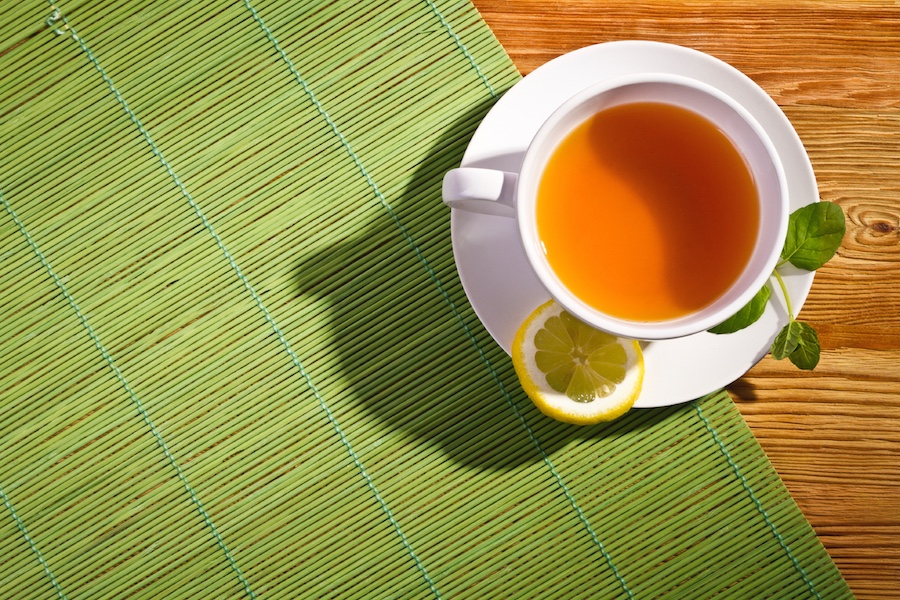Are you kind to your body? I mean really kind in the way that you would be kind to a child, or a loved pet, or a good friend? And do you take your body seriously as a source of information and wisdom? For the majority of people in our goal-orientated and driven culture the answer a lot of the time is probably “no, not really”.
Us human beings are an animal like any other — except with an additional clever, rational, thinking, decision-making part sitting on top. The main thing that sets us apart from other creatures is that we are not entirely controlled by instinct. We also have this strange ability to stand outside ourselves, to consider the past and future, and to make decisions about what to do even if it goes against our natural inclinations. Apart from this our bodies and nervous systems work in pretty much the same way as those of any other mammal.
This means that you (meaning the ‘I’ inside your head who seems separate from your body) have quite a responsibility. It’s as if you are in a symbiotic relationship with an exquisitely designed and extraordinary living creature which has its own kind of intelligence, and its own needs, wants and instinctive responses. And these wands and needs may sometimes be quite different to what you imagine or wish they would be.
Think about your breathing for a moment.
Of course a cat or a dog doesn’t think about its breathing at all — for them it just happens appropriately as it should. Whether they are resting or rushing around, their system automatically regulates their breath so they are always getting enough oxygen without excessive effort or waste of energy. However when I ask you to think about your own breathing, I bet it immediately subtly changes. The thinking, reasoning part of us, which the cat or dog doesn’t have, can get in the way and interfere with the body’s natural processes.
It’s surprising how much most people do this. Many of us habitually interfere with our breath for a range of conscious and unconscious reasons. We may hold our belly in to look thinner, interfering with the ability of our diaphragm to descend. Or we may subtly hold our breath without realising, to make ourselves feel a little more solid and secure whenever we are faced with a situation that is at all challenging or stressful.
And what about posture and balance? Again, a cat or a dog doesn’t need to think about these things — their body knows how to move with grace and ease. It adjusts delicately, effortlessly and automatically to gravity and to the demands of the moment. They always seems so effortless and free, both in movement and at rest.
Compare that to most of us modern humans. We don’t allow our body to self-regulate in this way. Often we are so focussed on our personal goals and wishes that we don’t leave time or space for the body and its natural processes. We force ourselves to ‘sit up straight’; we hold on to ourselves; we slouch and slump; or we brace ourselves against gravity rather than allowing our system to balance itself. Many of us have completely lost touch with our body’s innate ability to effortlessly and easily hold us upright: we no longer allow the subtle, automatic adjustment and support-seeking that happens in the body when we allow it.
Most of us like to express ourselves, and talk about what we’re thinking and feeling. But what about the body’s need to express? Animal bodies shake and yawn and sigh to release tension when needed. If they’re uncomfortable they get up and move about. They don’t drive themselves to complete a task without a break like we do, sitting at the computer for hours completely absorbed in our heads, shutting off and ignoring the body’s cries of distress. We may deny our body the expression and freedom it desperately needs because of social etiquette, or ambition, or shyness — or simply because we’re so wrapped up in our thoughts that we no longer notice what it’s asking for any more.
Imagine if you treated a beloved pet in the way you treat your own body — driving it to do you bidding; telling it how to ‘hold itself’; interfering with its balance and posture mechanisms; preventing it from resting or moving when it’s tired, or from finding the release it needs in a sigh or yawn — even interfering with the very breaths it takes!
How unkind and wrong that would seem. And yet so many of us treat our own, sensitive physical organisms (which, after all, are the only ones we have) exactly like this! We shouldn’t be surprised if we feel ornery, or uncomfortable or stressed, or in pain, or if our bodies start to let us down much earlier in life than we would like them to.
As an Alexander Technique teacher I’m often suggesting to people that instead of trying to turn the lessons into another way of bullying their body into doing what they think it should, they focus instead on developing a sense of kindness and warmth towards it. I suggest that they take their body-self seriously, and encourage them to realise that it has its own wisdom. And I ask that they allow it to be itself and to express, feel, and release excess tension. If you listen the body will always tell you what it needs.
This sort of kindness is contagious. People tend to find that, as they discover such an attitude of kindness and acceptance of their physical self, it begins to ‘love them back’. It starts to offer more physical and emotional support. It shares surprising wisdom about what what is right — and not right for them. And it offers a sense of comfort and ease which they can carry with them as they journey on through life.















